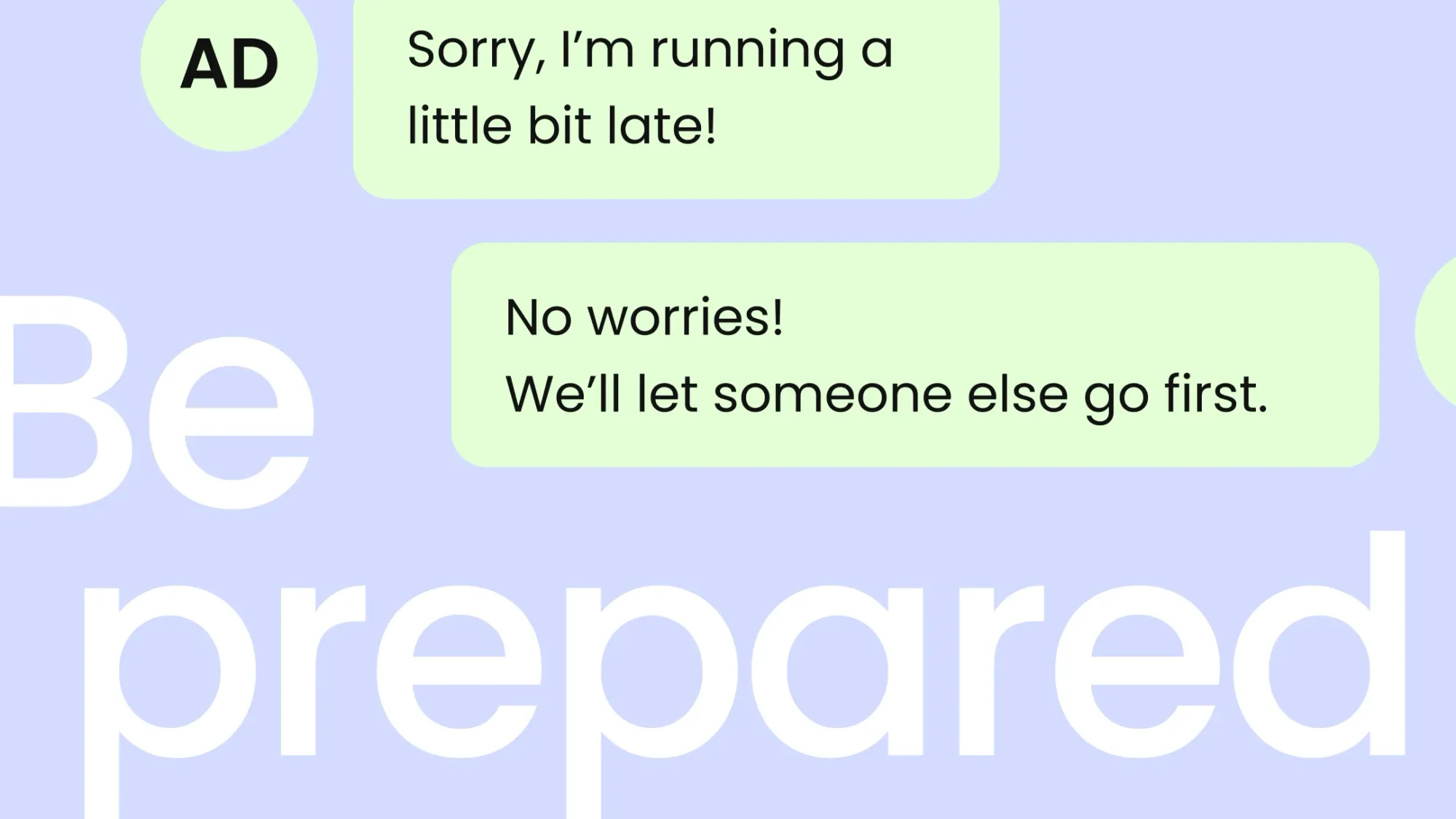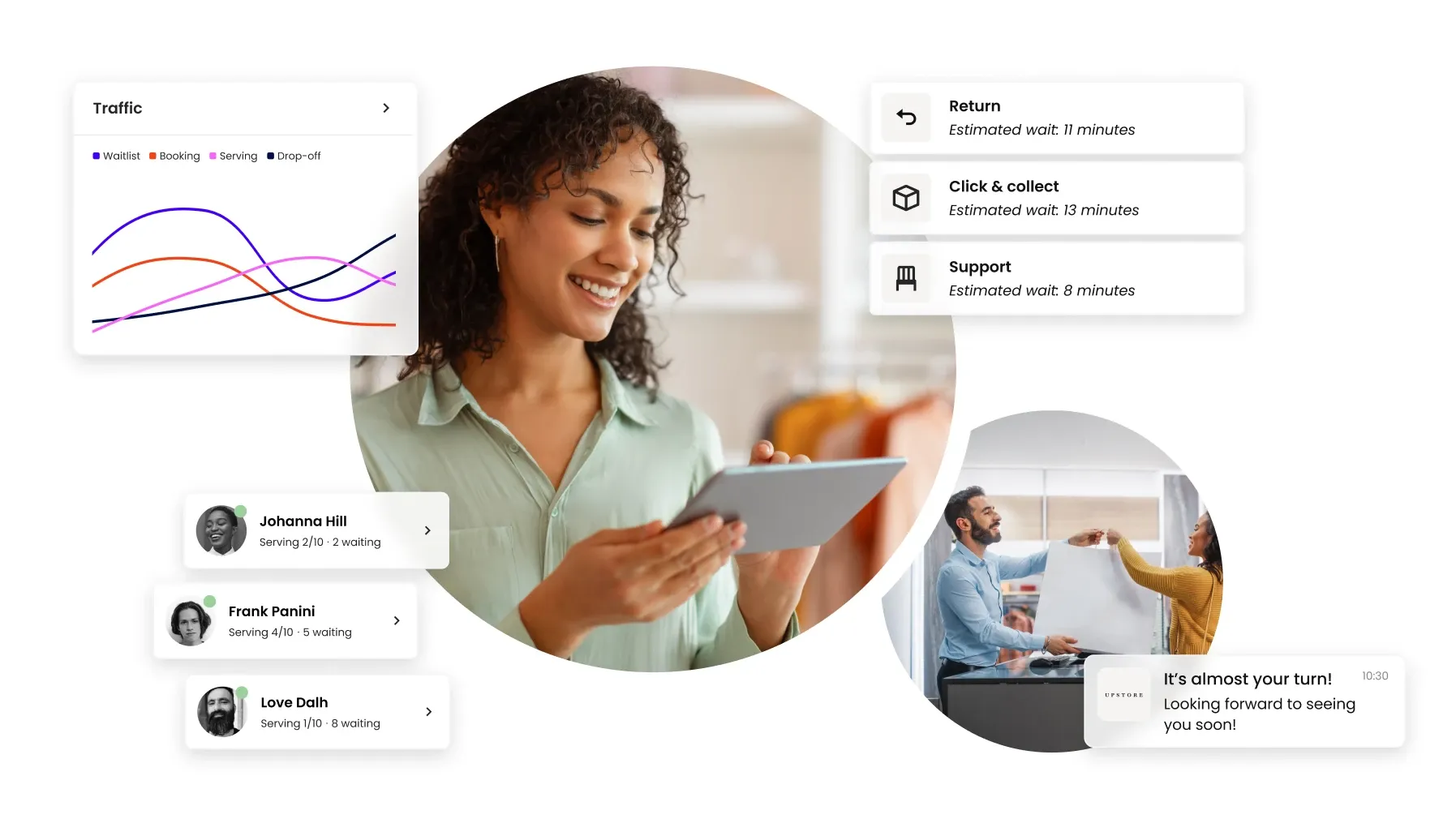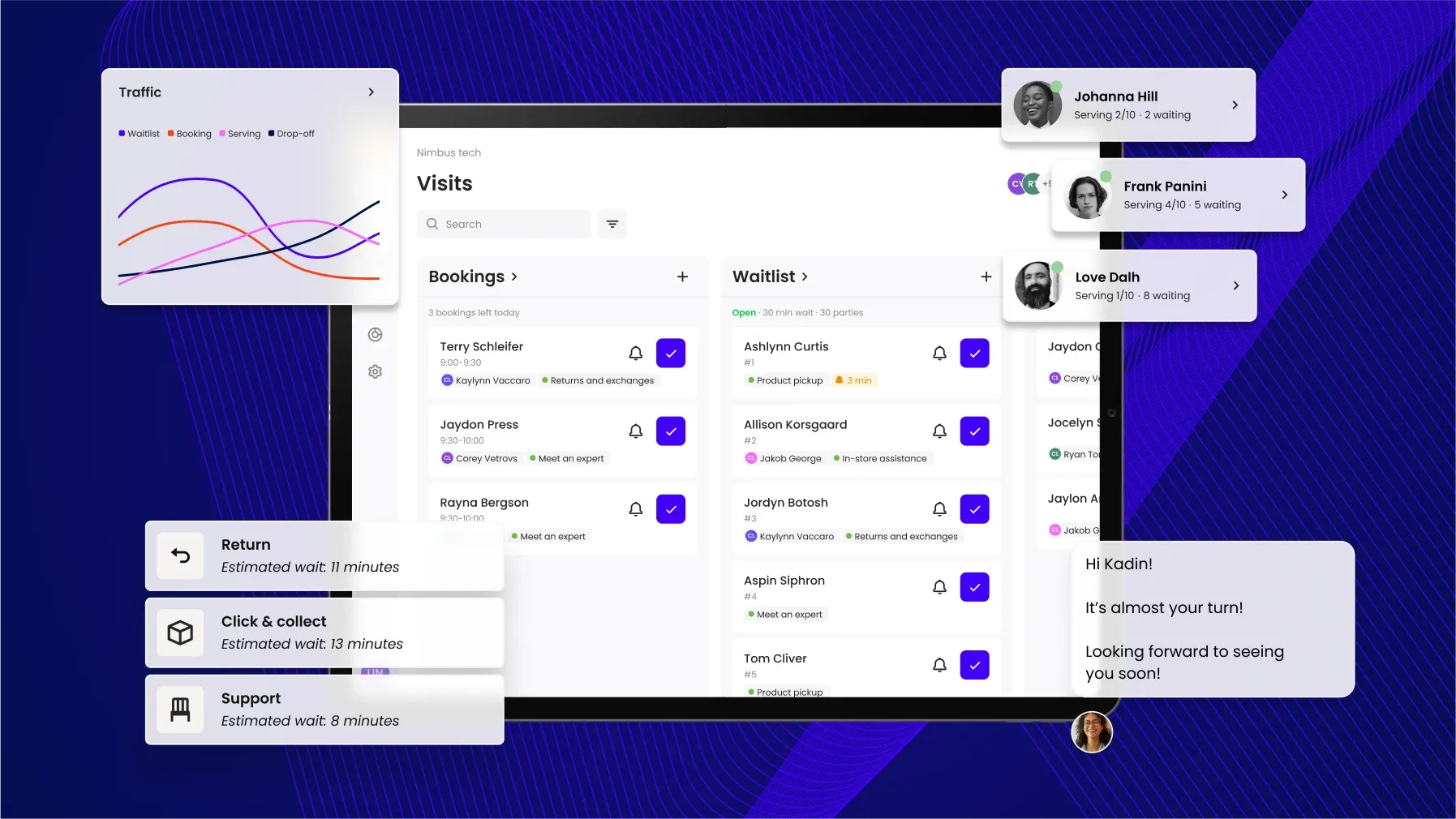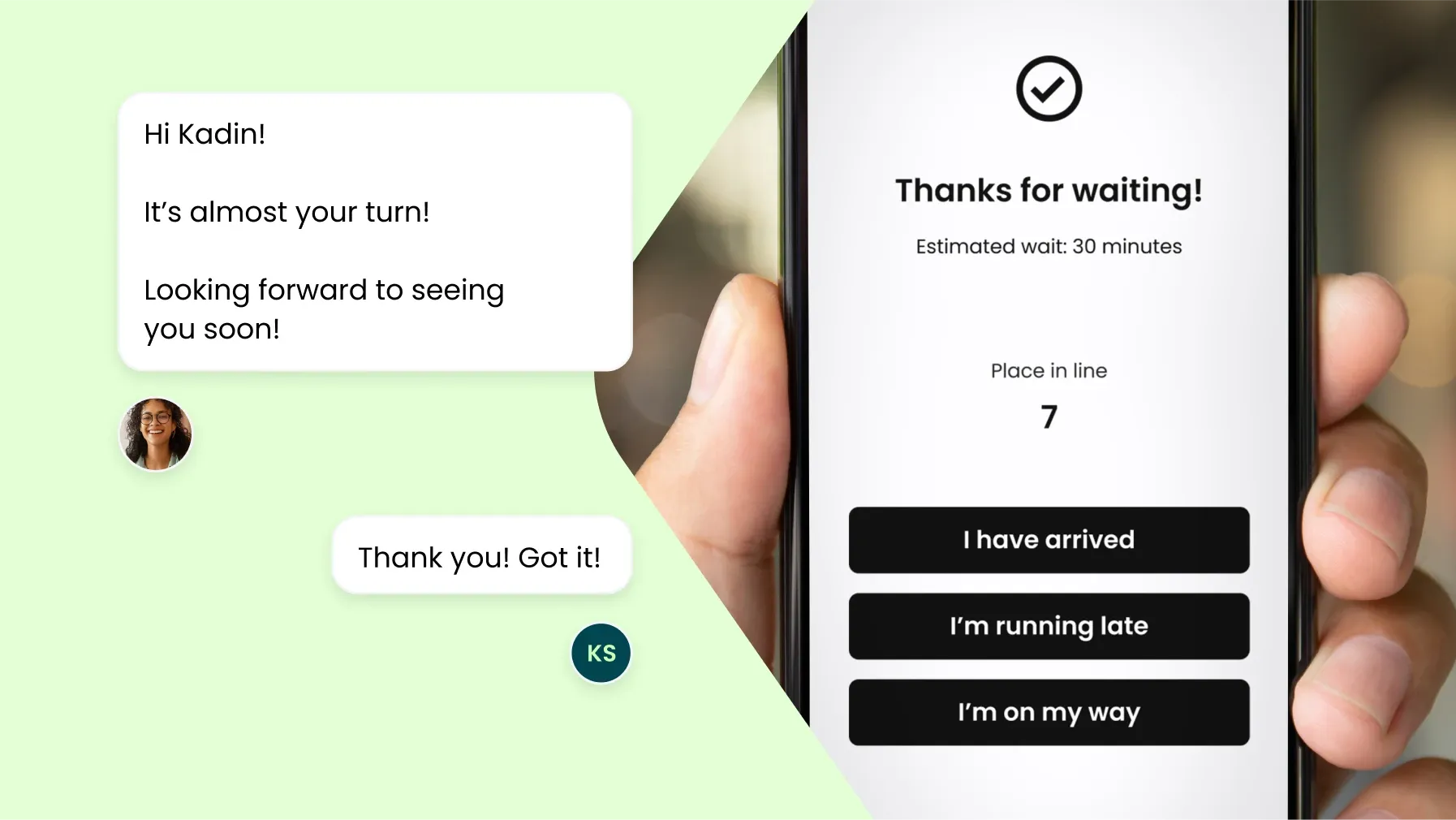How retailers can prepare for Black Friday crowds
With in-person shopping making a comeback, retailers can expect more foot traffic this year for Black Friday sales. Here’s how to prepare for the crowds.

In 2020, the pandemic changed everything and few traditions were hit harder than Black Friday in the U.S. But trends in brick-and-mortar retail this year are proof that there’s something about in-person shopping that people can’t resist.
Online shopping is convenient, but the immersive experience of shopping in-store offers outsized instant gratification. And for Black Friday loyalists, there’s the added thrill of being part of a crowd and snagging the best deal possible.
According to a National Retail Federation (NRF) study, a record 196.7 million unique shoppers made purchases during the holiday weekend last year. The total number of shoppers grew by nearly 17 million from 2021 and is the highest figure since NRF first started tracking this data in 2017. Black Friday was the most popular day over the long weekend for in-store shopping – as it has always been – with 72.9 million shoppers on Black Friday and 63.4 million shoppers on Small Business Saturday.
With social distancing and capacity restrictions lifted across the country, we can expect to see even higher numbers of Black Friday shoppers this year. However, just because shoppers are eager to get a good deal doesn’t mean that they’re willing to tolerate overwhelming crowds and disorganization.
The Black Friday shopping season provides a fantastic opportunity to deliver immense value to consumers while nurturing loyalty. We’ll walk you through how you can seamlessly and affordably integrate tech into the in-person shopping experience to effectively manage crowds, drive sales, and make customers happy.
When is Black Friday?
Black Friday is traditionally the day after Thanksgiving in the U.S. This year, that’s Friday, November 24, 2023.
However, in recent years, Black Friday has spilled over into the days and even weeks before and after the day after Thanksgiving. Major retailers like Best Buy have started their Black Friday campaigns as early as the first weeks of October. And the popularity of Cyber Monday – the online equivalent of Black Friday that falls on the Monday following Thanksgiving – means that Black Friday has become an entire weekend event for many retailers and shoppers.
How did Black Friday get its name?
Before we dive into how to uplevel your customer experience and streamline your customer flow on Black Friday, you may be wondering how Black Friday got its name. It’s likely not what you think.
The popular origin story of the term “Black Friday” claims that once upon a time so many Americans flooded shopping districts and malls the day after Thanksgiving that it put retailers in the black for the rest of the year. It’s a plausible tale, but as it turns out, it’s nothing more than an attempt by retailers to put a positive spin on the day.
As you likely know, dubbing a day “black” is typically a reference to doom and gloom as was the case with Black Monday, the day in 1987 when the Dow Jones plummeted, losing 22% of its value in a single trading session. In truth, Black Friday’s true origins have little to do with getting retailers out of the red. The first known use of the term was in 1869 when the bottom fell out of gold prices after two scallywags attempted to corner the gold market – but that’s a story for another time.
The modern usage of the term – in reference to shopping fervor the day after Thanksgiving – existed among traffic cops in Philadelphia in the early 1950s. The term was popularized by Joseph Barret, a police reporter and feature writer for the Philadelphia Bulletin, who wrote a front page story where “we appropriated the police term ‘Black Friday’ to describe the terrible traffic conditions” in downtown Philly the day after Thanksgiving.
One final note of interest is that the term appeared in a 1951 issue of the trade magazine Factory Management and Maintenance in reference to worker absenteeism on factory floors the day after Thanksgiving with this hilariously hyperbolic description: “‘Friday-after-Thanksgiving-itis’ is a disease second only to the bubonic plague in its effects. At least that’s the feeling of those who have to get production out, when ‘Black Friday’ comes along.” As anyone who’s running a business (especially these days) knows, staffing shortages are a grave concern, but comparing them to the “bubonic plague” seems a little over the top.
Regardless of whether you love it or hate it, Black Friday is a phenomenon that’s grown too big to ignore – and an important one when it comes to retail sales. According to Retail TouchPoints, in-store sales are forecasted to increase 4.8% this holiday season. With consumers tightening their spending due to inflation, consumer demand for more deals and promotions is expected to be extremely high.
And since Black Friday is known first and foremost for its knockout deals, retailers shouldn't expect a softening of demand, even in the face of decreased consumer spending overall.
How to prepare your business for Black Friday

With large crowds once again expected this year for Black Friday, retailers need to be ready with solutions to make the shopping experience as efficient, safe, and fun as possible. With a digital queue management system, stores can keep track of capacity and offer consumers the convenience they’ve come to expect in all shopping experiences.
With a queue management app, you can:
- Manage crowds by keeping track of store capacity
- Activate virtual waitlists once your store is full
- Give consumers the opportunity to RSVP to Black Friday shopping events ahead of time
- Execute all of your BOPIS or curbside pickup operations
- Run appointment booking to allow consumers to schedule appointments for in-store activities like personal consultations or product demos
- Unlock seamless 2-way messaging to run SMS or email campaigns and drive sales
Let’s dive into all of the ways you can use a virtual queue management system to make this Black Friday one your shoppers won’t forget.
What is Queue Management?
Crowd managements and virtual queues
Black Friday can get a little chaotic. We’ve all seen the videos that have gone viral over the years of crowds of shoppers storming stores and fighting over products.
While that’s certainly one way to get some press for your business, you probably don’t want your brand associated with disorganization and chaos. Plus, shoppers who find themselves in overwhelming crowds will likely leave your store with a negative view of their experience.
With the capacity management features of a queue management platform like Waitwhile, you can limit the number of people inside your store. That way, you can comply with safety regulations and fire code – and you can control the volume of shoppers at any one time so staff aren’t overwhelmed.
With capacity management, you have the ability to keep a tally of customers entering and leaving your store. Once your store is at capacity, shoppers will be prompted to join a virtual queue on their phones. This is a digital waitlist that takes seconds to join.
What are Virtual Queues?
A virtual queue will give your customer an accurate wait time estimate and deliver regular updates via text message, email, or push notifications. Customers can wait anywhere until it’s their turn with the ease of mind that their place in line is safe. This feature will eliminate crowding right outside of your store and even allow customers to wait in the comfort of their cars if they’d like. Once it’s their turn, your digital queue management platform will automatically send them a notification.

Another way you can leverage virtual queues is to allow shoppers to RSVP to your Black Friday sales ahead of time. You can allow guests to “sign up” in the weeks leading up to the weekend and perhaps even offer a special promotion once they arrive day-of in order to drive traffic to your store. When they arrive at your store, they can check-in simply by scanning a QR code or texting a number, at which point your queue management system will automatically deploy a message with your special promo.
Running an RSVP campaign is not only a great way to drum up excitement for your Black Friday shopping event, but it also allows you to get a sense of how many shoppers you can expect. That way, you can staff appropriately to ensure that waits never get too long and that the crowds don’t get out of hand.
BOPIS & curbside pickup
Another way to reduce in-store crowds on Black Friday without hurting sales is to have a system in place for BOPIS (Buy Online, Pickup In-Store) and curbside pickup. That’s something you can also operate effortlessly with a queue management app.
Curbside pickup can be a headache to manage, but a queue management platform like Waitwhile makes the process instantly delightful and efficient. Plus, it’s simple to set up. When customers make a purchase online, send them curbside or in-store pickup instructions via email or text message. When they arrive at your store or at your designated pickup location, shoppers will be able to let you know they’ve arrived by scanning a QR code with their phones, texting you directly, or simply hitting a button in their email receipt.
Your staff will get an alert on your queue management platform and will be able to message the customer directly to give them updates (you can even automate these messages to lessen the burden on your staff). You’ll know exactly where the customer is so you can make sure they get their purchase quickly.
The modern consumer is a true cross-channel shopper. Offering curbside or in-store pickup during your Black Friday event means that you can give more shopping options to your customers, leading to higher sales overall.
The Curbside Pickup Operations Handbook
Appointment scheduling
Another way to manage crowds during the Black Friday holiday is to offer appointment scheduling so customers can book a time to visit your store. You can easily add appointment booking features to your website to allow customers to book a slot in under a minute. And with a queue management system, you can manage both appointments and any virtual queues you have running at the same time.
Appointments might not make sense for every retailer, but some in-store services might run more smoothly if you allow customers to book in advance. For example, Louis Vuitton uses Waitwhile to create luxury check-in experiences for personalized 1-1 shopping. Other retailers use Waitwhile to schedule things like consultations, fittings, returns, and even virtual shopping.
Today’s consumer has been conditioned to expect convenience in all shopping experiences. Appointment scheduling eliminates the wait, helps your staff better prepare, and mediates large crowds all at once.
Personalized messaging via SMS or email

Whether you use your queue management system to operate virtual queues, offer appointments, or run your BOPIS/curbside pickup operations, you can use personalized messaging to drive sales and build loyalty. The best queue management platforms will have messaging features available directly in the app.
Consider sending these types of messages:
- Regular updates on wait time status
- Reminders for booked appointments to reduce no-shows
- Step-by-step updates on the curbside or in-store pickup process
- Exclusive promotions to drive sales
- Personalized thank you messages after a visit to drive LTV
With a queue management platform like Waitwhile, you can program messages to deploy automatically based on specific triggers. That way, your staff doesn’t have to worry about keeping customers in the loop and can focus instead on delivering standout in-store experiences. Even with automation, Waitwhile has features that allow you to personalize each message so that each customer feels special.
Critically, customers can also seamlessly message you back. This feature is useful for coordinating things like curbside pickup or answering customers’ questions as they have them.
Making the Black Friday shopping experience better
With the resurgence of brick-and-mortar shopping, the Black Friday shopping season is slated to be a busy one for retailers. However, consumers today have heightened expectations when it comes to the convenience and quality of the customer experience that retailers deliver.
Using a digital queue management system unlocks many opportunities to elevate the shopping experience for your customers while bringing efficiency to how you manage crowds on the busiest shopping day of the year.
